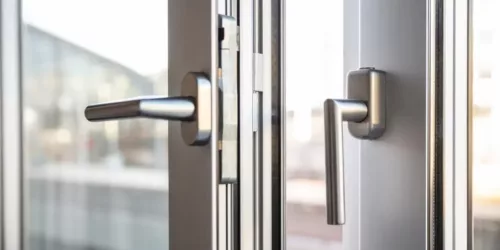Everything You Need to Know Before Installing New Windows in Your Home
- What options are there?
- How much will it cost?
- What else should I know?
When you need to replace the existing windows in your home, it’s important to know several pieces of information. A couple of initial questions spring to mind when you start to knuckle down on the details. How many different kinds of glazing are there? How do they compare? How much will new windows cost?
In this article, we’ll take a look at these questions and also acknowledge whether there’s anything else worth considering when looking at new windows. While cost is always a factor, it’s prudent to understand the differences in all the options and how they can be of interest.
Ready for new windows? Use our quote comparison tool to find out how much you'd pay. It only takes a minute.
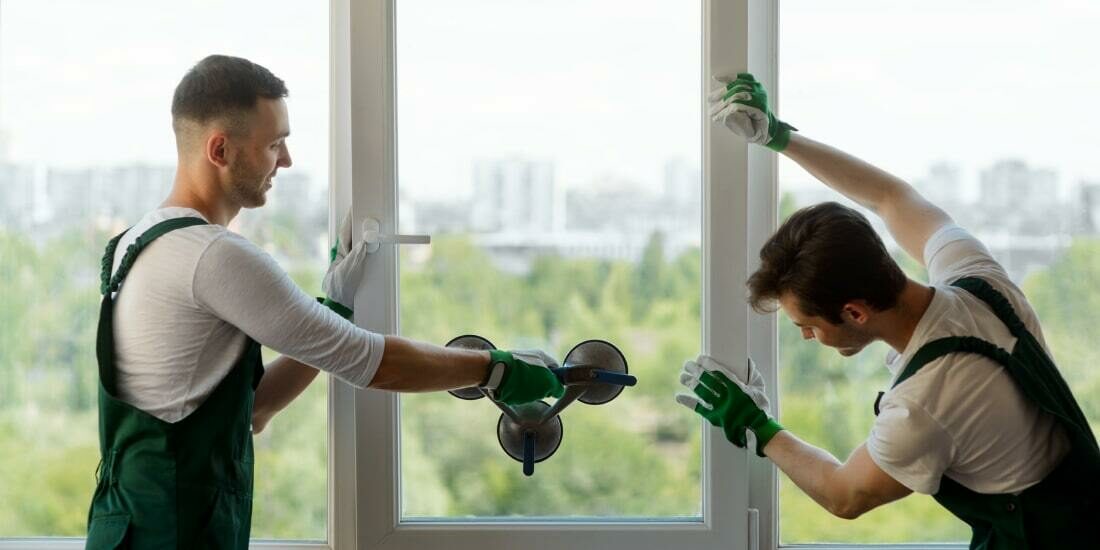
What's On This Page?
Click the links below and head straight to a specific section of the article.
Types of Glazing
The first point to consider is what type of glazing you’ll choose when installing new windows. There are four types: single, double, triple and secondary glazing. While we usually focus on double and triple glazing, the little-known cousin of secondary glazing has its own benefits and can even be fitted yourself, unlike the others.
Single glazing is usually only found in older properties and listed buildings. It’s not the norm to be fitted as advancements in technology have allowed for better window energy efficiency and less heat loss. If you’re considering upgrading from single glazing, you have three options for new windows: secondary, double or triple glazing.
Secondary and Double Glazing
Secondary glazing is an additional layer added to your current window pane. There’s usually a bigger gap than with double glazing, which generates a greenhouse effect and is more effective at keeping heat in than single glazing alone. Double glazing, on the other hand, replaces your whole window unit and is two panes of glass separated by a much smaller gap than secondary glazing that’s filled with either gas or a vacuum to act as an insulating barrier. If you’re veering towards these options for your new windows, check out our article on the differences between secondary and double glazing.
Triple Glazing
Triple glazing goes one step further by adding a third pane. The gaps in these new windows are usually filled with gas that ensures any heat coming in gets trapped and any heat already in the house doesn’t escape. While they’re the best in terms of reducing heat loss, they are more costly and much heavier than other types of glazing.
Adding Value to Your Home
Naturally, installing new windows will add value to your home (up to 10% for double glazing), but it’s worth considering what you need from yours. While the energy performance of your home will be improved, they can each add more value the more you’re willing to spend.
There are so many different types of window with double and triple glazing and you’ll often need to consider the aesthetic of the building. Will white or black uPVC windows look better than wooden frames? Or do you want your new windows to be powder coated aluminium? In each of these instances, the glass panels and gaps are the same, but the style of frame will have an impact on the value it gives your home.
Higher Energy Performance Certificate Rating
While new windows will keep the heat in your home much better than single glazing, you can increase the EPC rating of your home by 5-10 points by upgrading to double glazing, and possibly even more with triple glazing. If you’re upgrading from double glazing, you probably won’t see a significant increase in your EPC rating, but it all adds up.
The EPC is an excellent indicator of how much it will cost to heat your home. If you come to sell your house, a higher rating will attract more buyers, and this is easily achieved with new windows. A recent survey from Savills showed that 71% of prospective buyers said the EPC rating now plays a huge part in their consideration. This figure has slowly been rising year on year, and with the emphasis on being environmentally friendly and reducing energy costs, it’s not surprising.
EPC ratings traditionally ran from 1-100, but thanks to modern standards of technology and our reliance on home renewables, it’s possible to exceed this figure. An EPC rating over 100 simply means that your home doesn’t have an environmental impact and your running costs and emissions are virtually non-existent.
Technology for New Windows
U-Value
All new windows are given a U-value. This is an indication of how much heat loss will be experienced, usually through just the window pane itself. Glazing with a lower U-value will be better at trapping warmth in your home, which will reduce your heating costs.
G-Value
The U-value is all well and good when it’s cold outside, but what about heat gain? When it’s hot out, you don’t particularly want all the heat to be let in and get trapped. New windows also feature a G-value, which is a measure of how much external heat a pane of glass blocks. The lower the value, the less solar heat reflected. This keeps your home cool in the summer.
Low-E Glass
The innermost pane is usually given a coating of metal oxide to allow sunlight in and reflect heat back into the room, rather than letting it out. Low-E glass on new windows tends to lower the G-value. It can also be added to a window after manufacture, but this degrades quickly.
Window Energy Rating
Windows are usually just rated by their U-value, but this ignores a lot of other factors, like heat gain and air permeability. The British Fenestration Rating Council developed a rating system, similar to the energy label on white goods, that gives an overall rating for new windows. It takes into account the thermal transmittance, solar factor and air leakage.
While not mandatory, it’s relatively cheap to obtain (if the manufacturer doesn’t already do so) and is worth seeking out to understand just how well your new windows will perform. You’ll be able to see the savings you can make at a glance.
Window Energy Ratings run from A++ to E, with a higher rating indicating better energy efficiency, and by no small measure. According to Energy Saving Trust, if you were to replace all single glazed windows in a property with double glazed new windows, you will save £145 a year in energy bills, or £175 a year if the windows are rated A++.
Acoustic Protection
All types of window above single glazing will reduce noise pollution. This is because of the extra layer(s) of glass and gas included in the gaps for new windows. Double glazing reduces sound by as much as 35 decibels and triple glazing can be between 26 and 40dB, whereas secondary glazing is the clear winner at 54dB.
The graph below gives rough levels of acoustic noise for different activities or objects. The human pain threshold for noise is 130dB, and repeated exposure to anything above 70dB for long periods can damage your hearing.
So it doesn’t necessarily mean better noise protection the more money you spend, as secondary glazing is the cheapest option. It’s only more effective at reducing acoustic transmittance because of the much larger gap between the panes.
For the best acoustic protection, it’s worth considering acoustic glass, which is even better at reducing noise levels from outside. It is more expensive though and will increase the costs outlined below.
How Much Will New Windows Cost?
Secondary Glazing
Secondary glazing is the cheapest option for new windows, and you’re also able to do it yourself if you’re confident enough. As the most cost-effective choice, you can even do it cheaper than getting a professional. Secondary glazing will cost between £300-500 per m², but installation costs will push this up higher.
Double Glazing
Double glazing is more expensive as the whole window unit needs to be made. You also don’t have the option to fit them yourself. New double glazed windows cost between £200 and £700 each, depending on the style and material used.
Triple Glazing
Triple glazing is even more expensive because the extra pane gives the window extra weight, which then requires more support. These new windows come in between £500 and £900, possibly even more depending on style.
Help With Costs
Unfortunately, grants for new windows haven’t been available in England since 2015 after the Green Deal was scrapped. However, if you’re on a low income, the government’s ECO4 scheme may be able to help you to buy windows.
Other Considerations - Building Regulations
If you’re going to replace over 30% of your property’s windows, you’ll have to pay attention to new Building Regulations that came into effect in June 2022. Because new windows are incredibly efficient, they are more air tight and aren’t as good at providing fresh air. This increases the chance of overheating and a build-up of toxins.
Extra ventilation now needs to be provided in habitable rooms, which can take the form of trickle vents or passive wall vents. These work in the background without you noticing and reduce the amount of condensation and chance of damp. Unfortunately, this will most likely drive up costs. New builds will automatically meet these regulations, but it’s important to be prepared for this when installing new windows.
Related articles
View all Glazing articles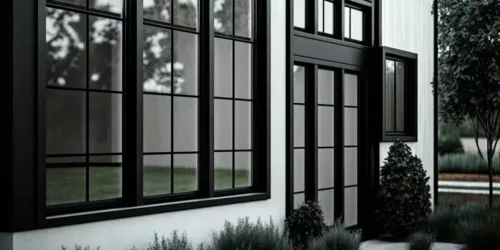
How Much Would It Cost to Double Glaze a 3 Bedroom House?
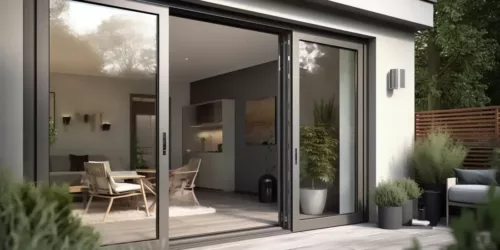
A Complete Guide to Double Glazing Doors

Replace Your Double Glazed Unit - A Useful Guide
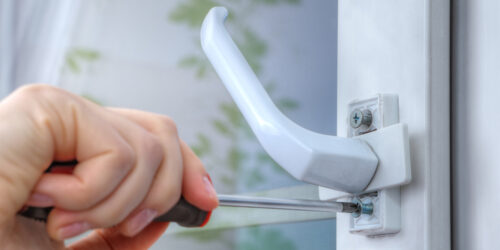
Double Glazing Repairs – All You Need to Know
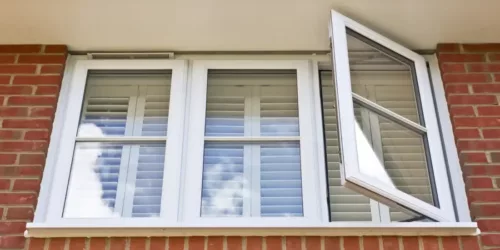
Trickle Vents in Windows: Are They Still Needed?

Energy Efficient Windows: A Guide To Better Window Energy Efficiency
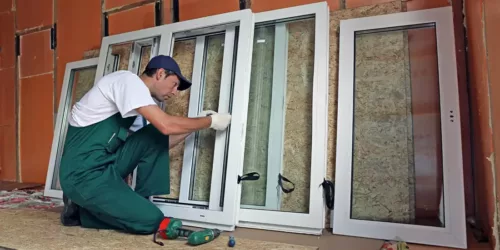
Double Glazing Repair – Is It Worth It?
